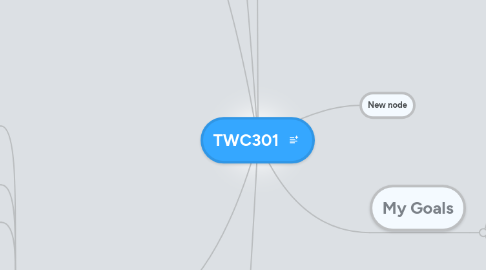TWC301
da Lisa Plascencia


1. Rethorical Knowledge
1.1. Need to know four things before starting a project: purpose, audience, format and design principles (C1)
1.2. Identify what is the most important element to be emphasized (C2)
1.2.1. New node
1.3. Identify the purpose of your ad and use contrasting colors, sizes, shapes, and fonts, for example, to appeal to your target audience(C3)
1.4. Format and structure will lead to balance, visually. (C4)
1.5. Alignment helps you respond to your audience appropriately by using the style that is needed. For example center aligned is more formal and depending on your audience you might choose this (C5)
1.6. The purpose of repetition in a layout is for the reader to follow the copy visually the way you want them to. (C6).
1.7. Formatting correctly creates visual flow and verbal flow. Allowing the creator to somewhat control how the reader looks at the information.(C7).
2. Critical Thinking, Reading, and Writing
2.1. Make list of what is in it for the customer. List these feature and benefits of your message (C1)
2.2. Choose words or phrases carefully so they have impact without wordiness (C2)
2.3. Know who your audience is and test it on the people you wrote it for D#2 HW#9
2.3.1. New node
